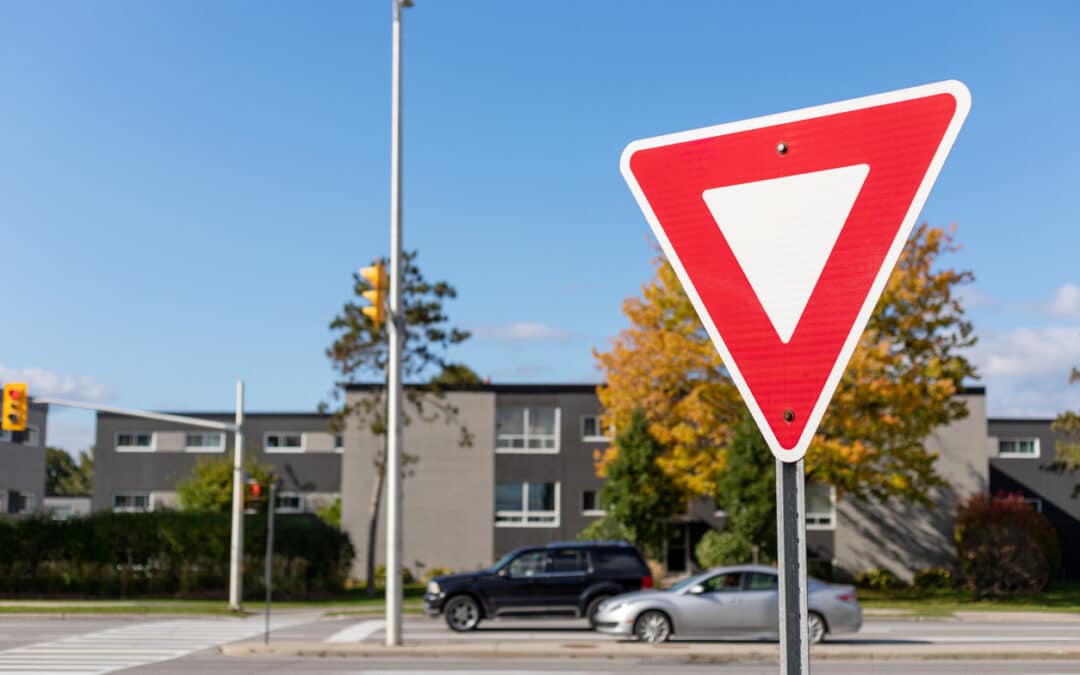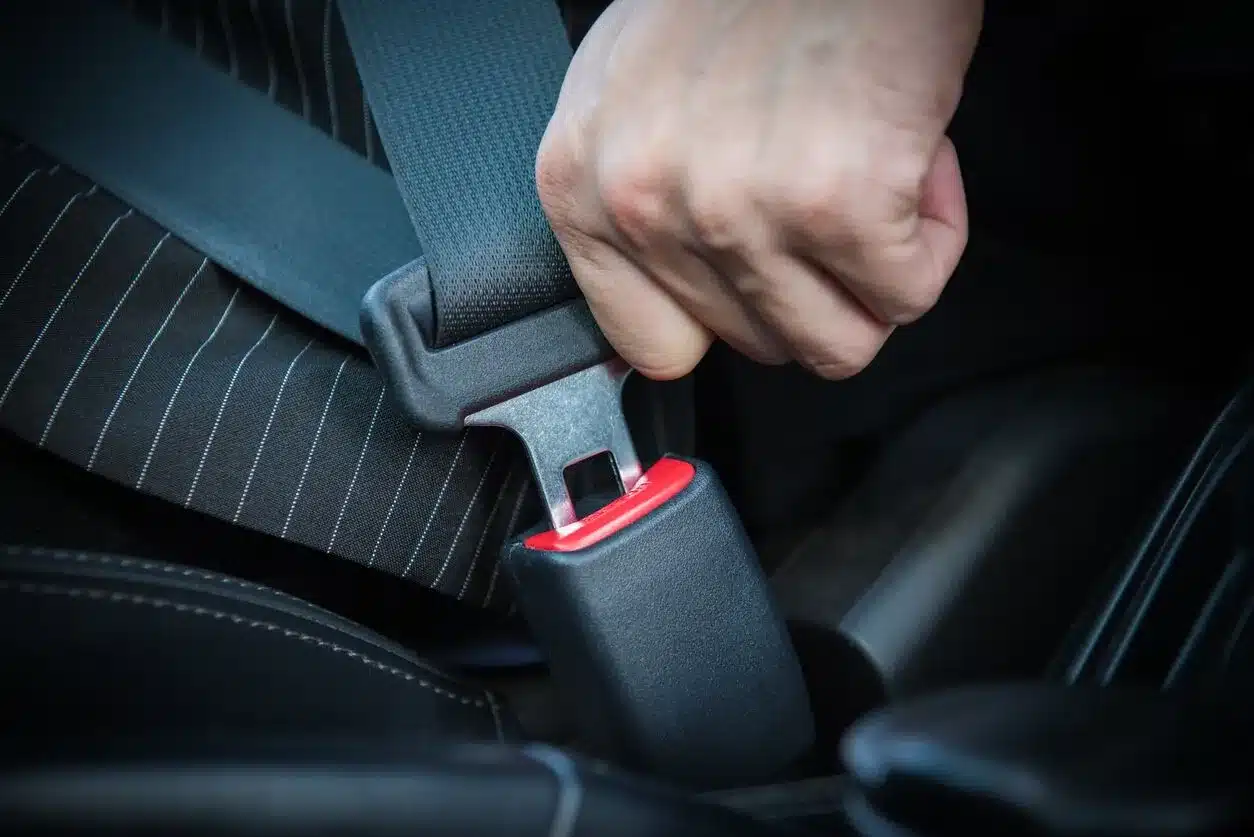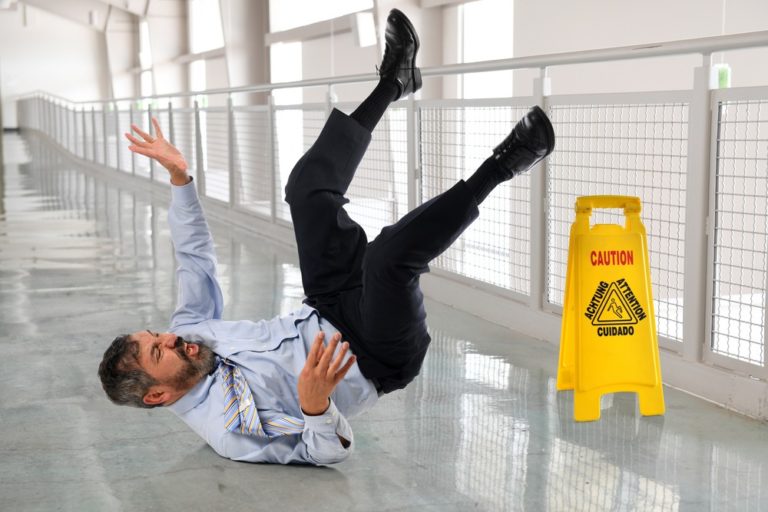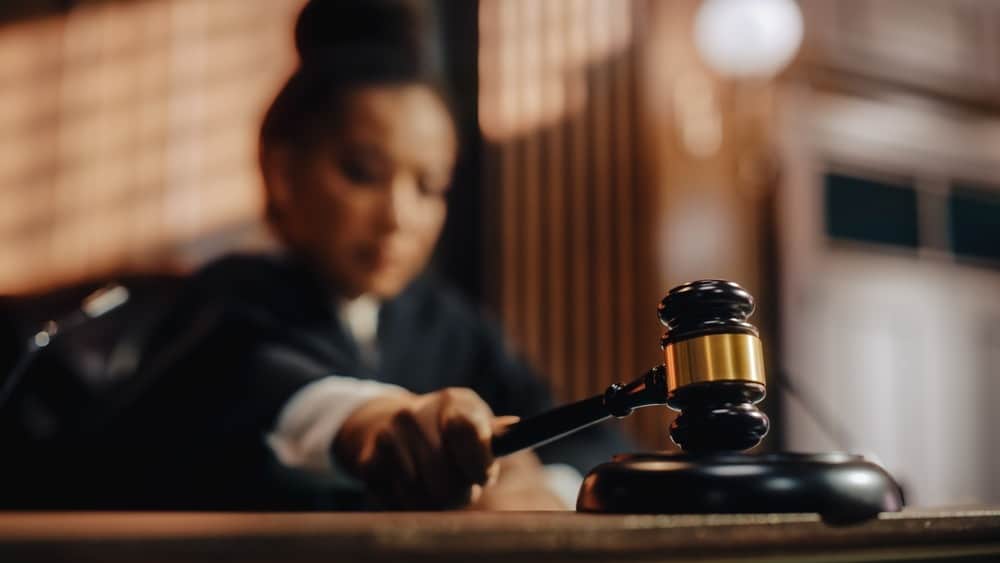Right-of-way laws in Georgia establish clear guidelines for drivers, pedestrians, cyclists, and emergency vehicles, helping to reduce traffic confusion and accidents. Knowing and following these laws is essential for the safety and smooth flow of traffic, whether you’re at an intersection, navigating a roundabout, or encountering a school bus. Although some principles are consistent across the U.S., Georgia has specific rules that drivers must follow, and understanding them can prevent accidents and legal issues.
Below is a breakdown of Georgia’s right-of-way laws, covering common scenarios like intersections, pedestrian crossings, and more.
Are Right-of-Way Laws State or Federal?
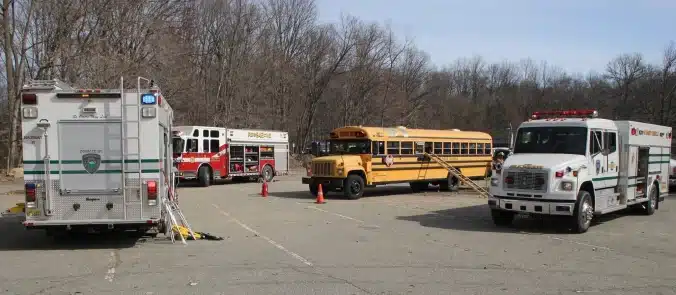
4. Emergency Vehicles
- Georgia’s “Move Over Law” requires drivers to pull to the right side of the road and stop for emergency vehicles with sirens or flashing lights, regardless of the direction.
- Drivers should move over a lane or slow significantly when approaching stopped emergency vehicles on the road.
5. School Buses
- On undivided highways, all lanes of traffic must stop for a school bus with flashing red lights.
- Exceptions: On divided highways with a median or barrier, only traffic in the same direction as the bus must stop. Drivers in the opposite direction do not need to stop but should exercise caution.
6. Yielding to Cyclists and Motorcyclists
- Cyclists: Georgia law mandates a minimum of 3 feet of clearance when passing cyclists. Cyclists are entitled to the full use of a lane, and drivers must yield to them when turning.
- Motorcyclists: Motorcycles are considered vehicles under Georgia law, so drivers must yield to them as they would any other vehicle, especially when merging or turning.
7. Merging and Lane Changes
- Entering Highways: When merging onto a highway, drivers must yield to vehicles already on the highway.
- Lane Changes: When changing lanes, drivers must check mirrors, blind spots, and signal their intentions. Drivers already in the lane have the right of way.
8. Driveways and Private Roads
- Entering a Road: Drivers entering a public road from a driveway, alley, or private road must yield to vehicles already on the road.
- Exiting Private Property: When leaving parking lots, businesses, or private property, drivers must yield to pedestrians and cyclists on sidewalks or pathways.

9. Funeral Processions
- Vehicles in a funeral procession are often exempt from obeying certain traffic signals, though the lead vehicle must obey signals, and the rest may follow. Other drivers are legally required to yield and should not cut through a funeral procession.
10. Yield Laws and Similar Laws
- Yielding to Traffic: In scenarios where two vehicles are merging or lanes are converging, the vehicle on the left typically yields to the vehicle on the right unless otherwise indicated by road signage.
- Yield Signs: Drivers must slow down or stop at yield signs and give the right of way to oncoming traffic or pedestrians, ensuring it’s safe before proceeding.
- Unpaved to Paved Roads: When entering a paved road from an unpaved road, drivers must yield to traffic on the paved road.
Additional Tips
- Right-of-Way Isn’t Absolute: Even if you technically have the right of way, Georgia law emphasizes that every driver must do what is necessary to avoid a collision. This can mean yielding even if the law is on your side.
- Last Clear Chance Doctrine: Under Georgia’s “last clear chance” law, even if you have the right of way, if you had a reasonable opportunity to avoid a collision and failed to take it, you may be held responsible for the accident. This means that if you could have safely avoided the crash but didn’t, liability could fall on you rather than the other party.
- Defensive Driving and Awareness: Following these laws involves maintaining an awareness of other vehicles and pedestrians. In cases of ambiguity, err on the side of caution.
These rules are primarily derived from the Georgia Department of Driver Services (DDS) and the Official Code of Georgia Annotated (OCGA). For the most accurate and updated information, check the Georgia DDS website or consult the Georgia Driver’s Manual.
Accident?
Our team of experienced right-of-way lawyers is ready to help you assess your case and fight for the compensation you deserve. Don’t let the negligence of others dictate your future–let us be your advocate in this challenging time.


